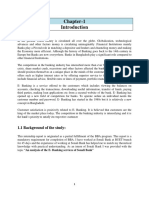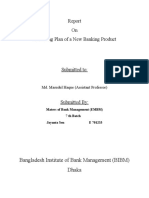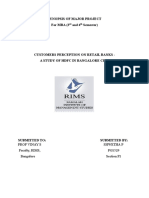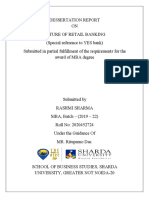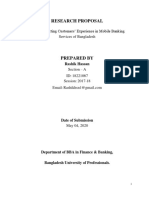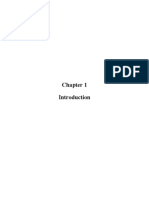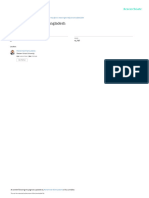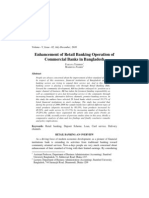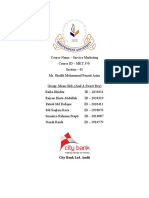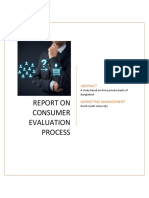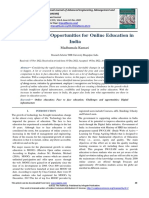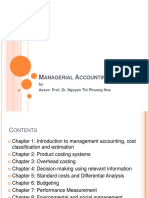0% found this document useful (0 votes)
31 views13 pagesReport
The document discusses a study on the gap between customer expectations and perceptions of banking services in Bangladesh. The study found that previous experiences, cultural norms, and perceived value influence customer expectations. Positive perceptions improve customer loyalty while negative perceptions can lead to unhappiness and loss of customers. Private banks in Bangladesh have made greater efforts than government banks to improve customer satisfaction. Closing the expectation-perception gap is important for Bangladeshi banks to effectively meet customer needs.
Uploaded by
mirzaCopyright
© © All Rights Reserved
We take content rights seriously. If you suspect this is your content, claim it here.
Available Formats
Download as DOCX, PDF, TXT or read online on Scribd
0% found this document useful (0 votes)
31 views13 pagesReport
The document discusses a study on the gap between customer expectations and perceptions of banking services in Bangladesh. The study found that previous experiences, cultural norms, and perceived value influence customer expectations. Positive perceptions improve customer loyalty while negative perceptions can lead to unhappiness and loss of customers. Private banks in Bangladesh have made greater efforts than government banks to improve customer satisfaction. Closing the expectation-perception gap is important for Bangladeshi banks to effectively meet customer needs.
Uploaded by
mirzaCopyright
© © All Rights Reserved
We take content rights seriously. If you suspect this is your content, claim it here.
Available Formats
Download as DOCX, PDF, TXT or read online on Scribd
/ 13


